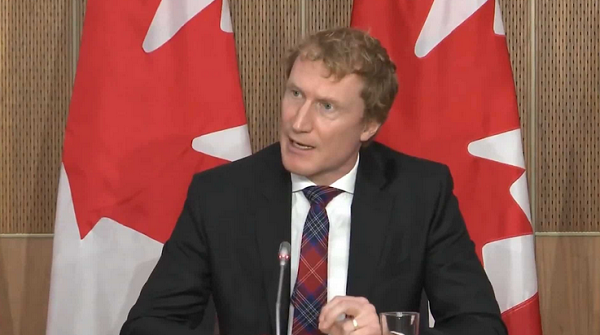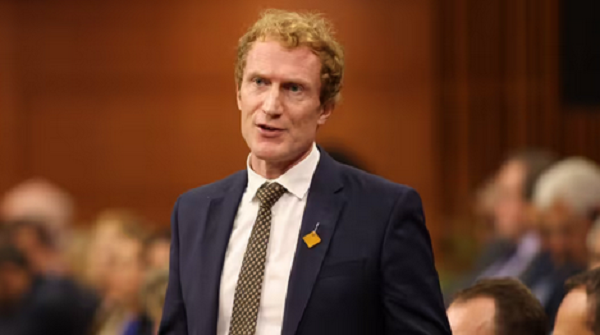Ottawa halts policy of allowing visitors to apply for work permits from within the country
The federal government has scrapped a COVID-era special measure that has been blamed for contributing to the surge of temporary residents in Canada and possibly asylum claimants at airports.
Starting immediately, the Immigration Department has ended the temporary public policy that allowed visitors to apply for work permits from within Canada, a measure to partly mitigate the financial hardship faced by visitors stuck in the country as a result of border closures and to partly fill labour shortages after the pandemic.
The special policy was to expire on Feb. 28, 2025.
The abrupt end to the measure is ”part of our overall efforts to recalibrate the number of temporary residents in Canada and preserve the integrity of the immigration system,” said Immigration, Refugees and Citizenship Canada in a notice on Wednesday.
“IRCC is also aware that some bad actors were using the policy to mislead foreign nationals into working in Canada without authorization.”
Prime Minister Justin Trudeau’s government has been under tremendous public pressure to put a brake on the country’s immigration growth amid a global affordability crisis and loosening domestic labour market.
After imposing a two-year cap on the number of new study permits to be issued to international students in January, the government has updated the rules to restrict employers’ access to temporary foreign workers with the goal to reduce the share of temporary residents of the overall population from the current 6.1 per cent to five per cent over three years.
During the pandemic, the government made a series of policy decisions to relax the rules on international students and migrant workers to ease the labour shortages across the country while opening the doors to displaced Ukrainians and Afghans on humanitarian grounds.
These measures have contributed to the runaway growth of the temporary resident population to 2.8 million from just 1.4 million two years ago.
After the pandemic ended, critics said the special policy to issue work permits from within Canada had provided an incentive for some foreign nationals to come under the pretence of visiting but in fact pursuing job opportunities to remain in the country and ultimately a shot at permanent residence.
Aware of the real intent of some of the visitors, border enforcement officers also appear to have stepped up their screening of visitors at ports of entry, especially airports, to refuse entry to those not believed to be genuine travellers, forcing some to declare asylum upon arrival to enter and stay in the country.
Advocates said the end of this special policy means it would now be harder, if not impossible, for temporary foreign workers to maintain employment from within Canada when their work authorization expires and they are between jobs.
“Time and time again we see government officials and employers fail in their diligence to ensure migrants can be employed seamlessly from one contract to another,” said Chris Ramsaroop, an organizer with Justice for Migrant Workers.
“The rescinding of this temporary public policy is shortsighted and will have a disproportionate impact on temporary foreign workers awaiting new work permits.”
It’s not immediately known how many visitors had applied and received a work permit under the special program, but the termination of the policy does not affect those who were always allowed to apply for it from inside Canada, including study permit holders and their families, refugee claimants, in-Canada permanent resident applicants and Mexican citizens.
This article was first reported by The Star













